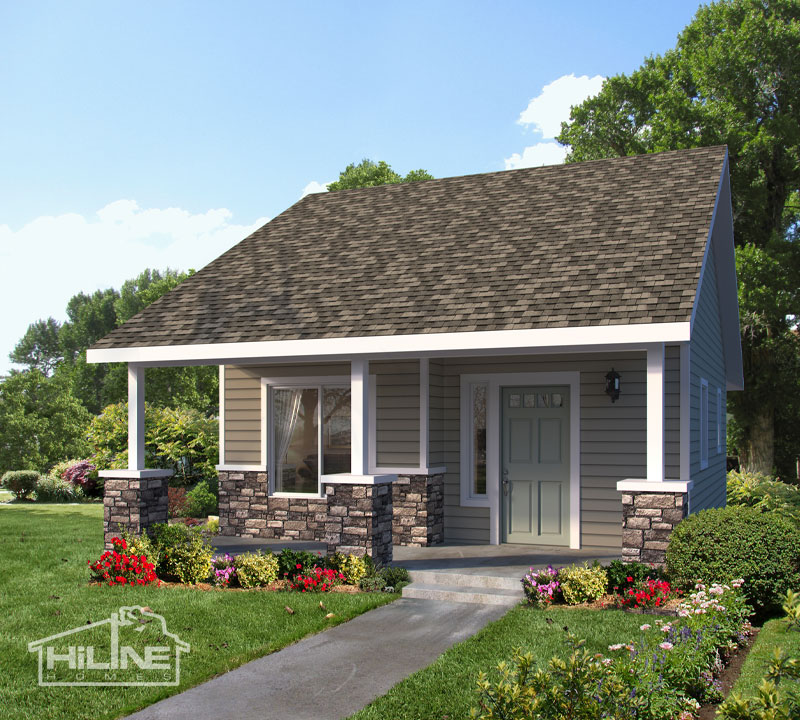Trade shows are pivotal events for businesses looking to expand their network,showcase new products,and engage directly with their target audience. However,the success of participating in a trade show hinges on meticulous planning and preparation. This is where an essential trade show checklist comes into play. A comprehensive trade show checklist ensures nothing is overlooked,from initial planning stages to post-event follow-up,making it a vital tool for businesses aiming to make a significant impact.
The Essential Trade Show Planning Checklist
1. Early Planning and Goal Setting
- Identify Objectives: Clearly define what you want to achieve by participating in the trade show. Objectives may include lead generation,product launches,or brand awareness.
- Budget Allocation: Create a detailed budget covering booth fees,Design,promotional materials,Travel expenses,and accommodation.
- Select the Right Trade Show: Research to find events that align with your business goals and target audience.
2. Designing Your Trade Show Booth
- booth Design and Layout: Plan a booth that is welcoming and reflective of your brand. Consider traffic flow,product display areas,and interactive elements.
- Promotional Materials: Design and order promotional items such as brochures,business cards,and giveaways. Ensure these materials are aligned with your brand identity.
3. Logistics and Operations
- Book Accommodations and Travel: Arrange travel and accommodations well in advance to secure the best rates.
- shipping and Handling: Coordinate the shipping of your booth materials,products,and promotional items to the venue.
4. Staff Training and Engagement
- Staff Selection: Choose team members who are knowledgeable and enthusiastic about representing your brand.
- Training Sessions: Conduct training sessions to ensure your team is prepared to engage with attendees effectively.
Trade Show Execution Checklist
1. Pre-Show Marketing
- Social Media Campaigns: Utilize social media to announce your participation and engage with potential attendees.
- Email Marketing: Send out emails to your subscriber list informing them of your presence at the trade show.
2. On-Site Engagement
- Booth Staffing: Ensure your booth is staffed with friendly and informed representatives at all times.
- Live Demonstrations: Schedule live demos or presentations to attract and engage attendees.
Post-Trade Show Follow-Up Checklist
1. Lead Management
- Organize Leads: Sort and prioritize leads collected during the trade show for efficient follow-up.
- Follow-Up Strategy: Develop a personalized follow-up strategy for leads,including emails,phone calls,and meetings.
2. Performance Evaluation
- Analyze Outcomes: Evaluate the success of your trade show participation against your initial objectives.
- Gather Feedback: Collect feedback from team members and attendees to identify areas for improvement.
Conclusion: Maximizing Success with Your Trade Show Checklist
A well-organized trade show checklist is the backbone of a successful trade show strategy. By breaking down the planning process into manageable tasks and focusing on both the big picture and the fine details,businesses can maximize their trade show investment. Remember,the key to a successful trade show lies not just in the preparation but also in the follow-through. Utilize this trade show checklist to ensure your business stands out,engages effectively with your audience,and achieves its trade show objectives.





